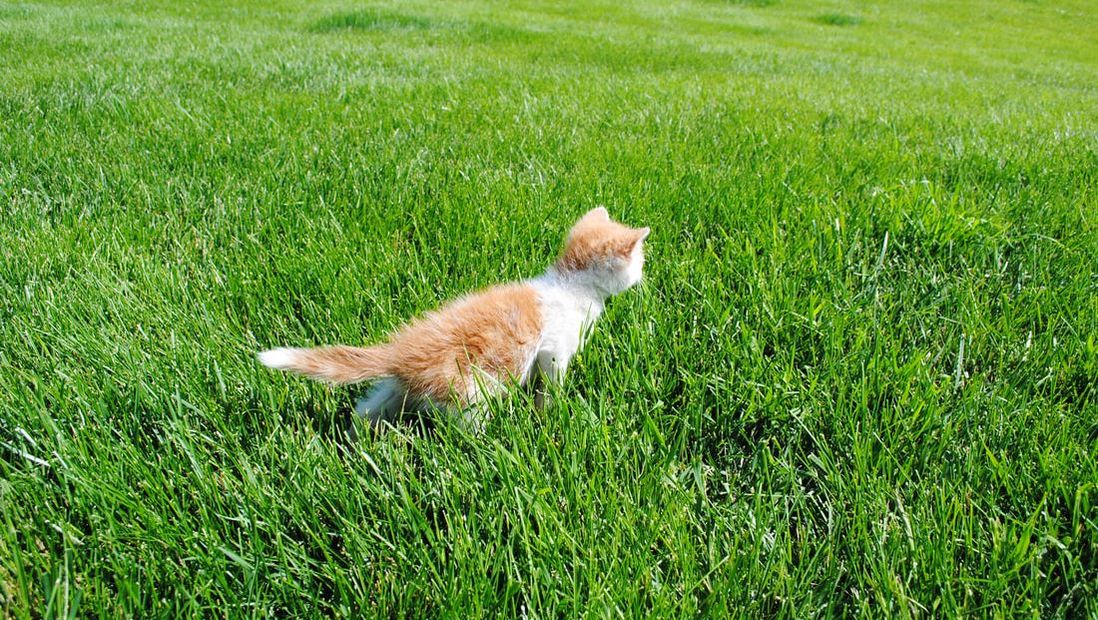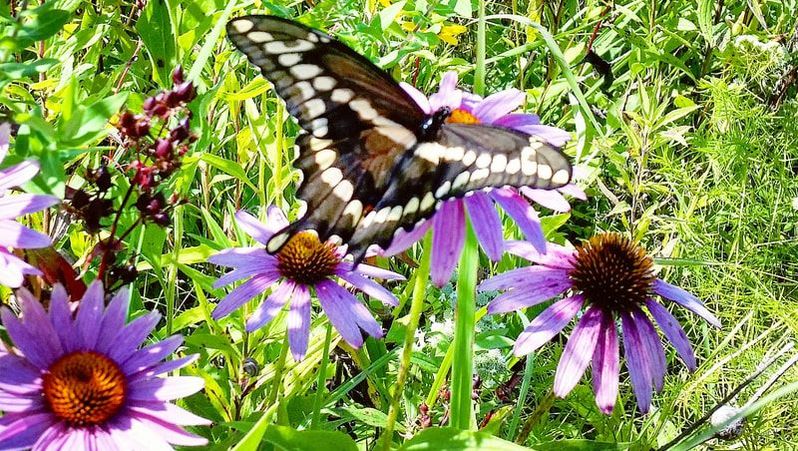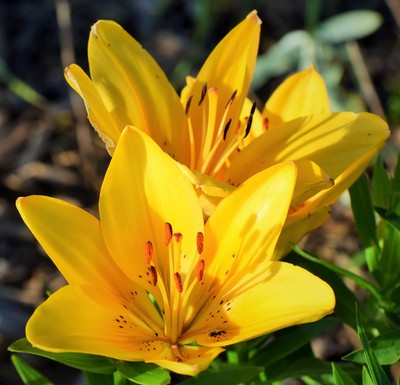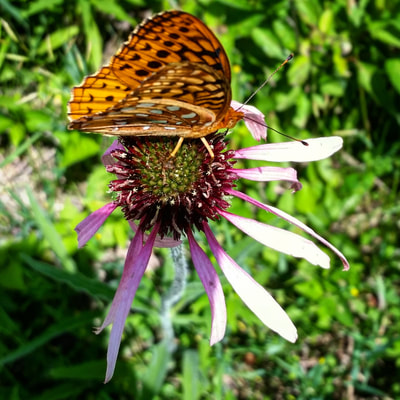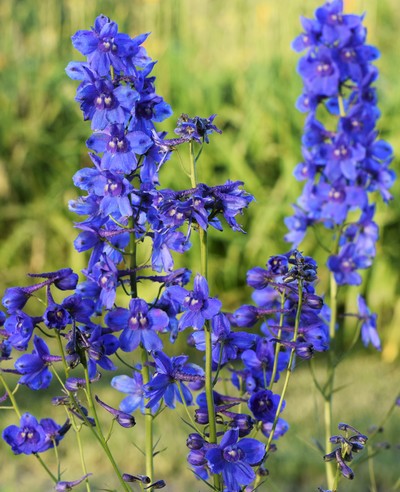A More Sustainable Subdivision Environment
Well maintained greenspace with well-appointed landscaping exemplifies the typical traditional residential subdivision. Lawns, greenspace, and landscaping provide a place to relax and recreate while also contributing, in part, to the curb appeal of a house or structure. Traditional residential lawn and landscaping can coexist or be adapted to a more diverse natural landscape while reducing maintenance cost and increasing diversity of flora and fauna in an area.
lawn Ideally, lawns should be planted or sodded with a rhizomatous deep rooting tall fescue, also known as RTF. Some RTF varieties significantly outperform others in terms of rhizome production. Rhizomes help the RTF more quickly fill in damaged and bare spots in your lawn with new shoots of grass. This results in less over-seeding, fewer weed problems. With RTF, fewer weeds, less water, and minimal nutrient application results in less herbicides, irrigation runoff, and nutrients in stormwater detention ponds and the entire watershed. You will also experience cost savings associated with lawn maintenance. RTF Sod and Maintenance Guides can be accessed by clicking the "Learn More" button below. Note the above picture is RTF with no irrigation and no chemicals.
|
landscapeNative or natural landscapes, planned for beauty and ease of maintenance using mainly native plants, are spreading throughout residential developments in Iowa. These landscapes include use of native grasses, wildflower meadows, butterfly gardens, and isolated woodlands that attract birds. Real estate with distinct, well-designed and constructed natural landscaping has a positive effect on property values. Neighborhood organizations, environmental restoration professionals, landscape architects, and nurseries are turning more often to natural landscaping for aesthetic and economic reasons, as well as for environmental benefits like reduced stormwater runoff and improved wildlife habitat. To be directed to more information about native landscapes click the "Learn More" button below.
|
|
Nutrient Management
The goal of any lawn and landscape design should be to incorporate plants that minimize needed supplemental nutrients. As mentioned above RTF lawns need less applied nutrients than other grass varieties. With an adequate top soil base (four inches or more), a single application of slow release nitrogen fertilizer in late September/early October would be sufficient for a healthy RTF lawn. The nitrogen application rate should be no more than 1.0 pounds per 1,000 square feet of turf. The fertilizer can contain potassium to aid root development. Iowa soils generally have adequate natural phosphorous. A soil test can help determine natural nutrient availability.
|
Irrigation
The goal of any lawn and landscape design should be to minimize the amount of clean potable water necessary to maintain the lawn or landscape. Potable water requires a significant amount of energy to produce and move to its point of use. In addition to the watershed benefits from minimizing runoff, a reduction in potable water consumption on lawns and landscapes often translates to both lower water bills and sewage bills in areas where the sewage costs are based directly from the amount of water drawn from the potable water system. The City of Ames offers additional lawn and garden tips here.
|
Pest Management
Most often pests in the outdoor environment represent a component of a balanced ecological system. When pests pose am unacceptable nuisance or health threat the cause of the nuisance or threat should be diagnosed by a professional and mitigated using integrated pest management or IPM protocols to the extent practical. With IPM multiple methods may be used to control or prevent pests while management of the pest considers economic principals along with economic and social considerations in decisions as to how to prevent or combat pests.
|
HAYDEN'S PRESERVE SUBDIVISION
Ames, IA
Ames, IA
